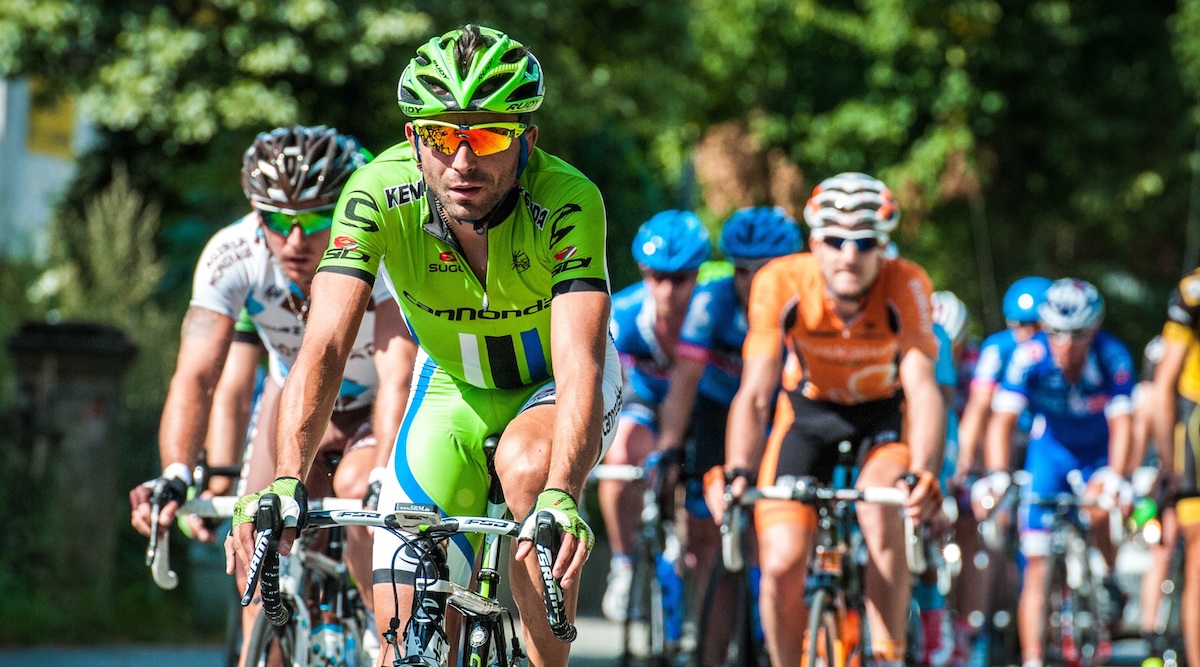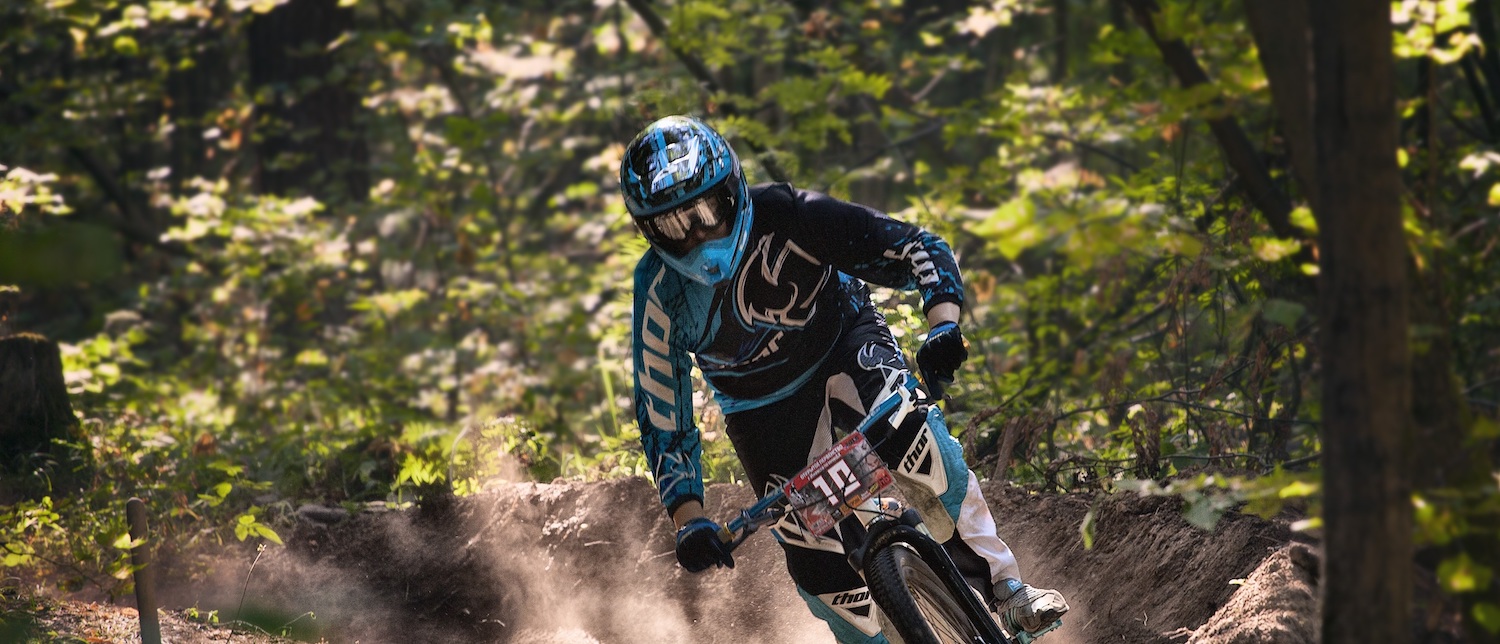Do you wear a helmet every time you ride your bicycle? If not, you should seriously consider making a purchase. Wearing a helmet could save your life someday.
In many cities or states, riding a bicycle helmet is required by law. Some areas require children younger than a certain age to wear a helmet while some areas require all cyclists to wear a helmet. Even if it isn't a regulation, you should consider wearing a helmet for the added protection that is offered by a helmet.
Studies performed by the National Institute of Health have shown that wearing a bicycle helmet can be very effective in preventing head injuries if you are involved in a crash. The Cochrane Database of Systematic Reviews published a study that shows wearing a helmet results in a 63% to 88% reduction in the risks of severe brain injury, brain, and head injuries for cyclists of all ages.
Helmets can reduce injuries to the upper and mid-facial regions by as much as 65%. The study included five controlled case studies that determined the benefits of wearing a helmet are significant. The study further revealed that when bicycle helmet legislation was either introduced or enforced, helmet use increased anywhere from 45% to 84%, which can make a significant impact on injuries sustained during cycling crashes. While wearing a helmet will not reduce your chances of ever getting into a crash, it will reduce the injuries you'll sustain if you are in one.
The Types of Helmets Available to Cyclists
Not all bicycle helmets are the same. There are different kinds of helmets available, and you should choose the best helmet for your particular needs. For example, someone who typically mountain bikes will need a very different helmet than someone who commutes to work in the city. Don't pick a helmet on aesthetics alone! There are three different kinds of helmets to choose from:

- Recreational - This is what most people think of when they imagine a "traditional" helmet. It's a popular choice for commuter, road, mountain, and recreational bikers as well as those who ride skateboards or use inline skates. Recreational helmets often come with a small visor that helps keep the sun out of your eyes.
- Road Bike - These helmets are the lightest type of helmet, and have an aerodynamic design. They don't include visors so you can be slightly faster when in a road race. These are a great option for elite cyclists, but the novice may find recreational helmets a little more comfortable.
- Mountain Helmets - These helmets are ventilated, meaning you can stay cool when riding over rough terrain. These helmets also have visors, but are a little sturdier than the recreational helmet so you can stay protected while traveling over rocks or tumultuous terrain. You can choose one with full-face protection, which is often a favorite for those who ride in parks and downhill. If you ride BMX, you'll find that these helmets are very similar to BMX helmets.
Bike Helmet Components and Construction
There are several components that form a bike helmet. The outside of the helmet is the shell. Most of them have a plastic covering that holds them together if they are in a crash. This coating is also resistant to punctures and allows the helmet to slide on impact to protect the head and neck of the person wearing it. The helmet's liner is usually made from expanded polystyrene foam that will dissipate any force upon impact to protect the head of the cyclist. you need to make sure your head fits properly into the liner.
Some helmets use a form of technology called Multi-directional Impact Protection System (MIPS). This technique focuses on providing additional protection from rotational forces in the event of a bike crash. Helmets using MIPS include a low-friction layer that lets the liner rotate slightly if there is an impact. Many helmets feature ventilation that keeps you cooler and comfortable when riding.
Those with longer hair might want to choose a helmet that offers a hair port, which is a strap design accommodating to ponytails. This feature is not available in every helmet, particularly some of the cheaper options, so be sure to check for the additional space if you prefer to ride with your hair tied up.
Finding a Helmet That is the Right Size
Helmets don't come in a one-size-fits-all-design. Selecting a helmet that is the right size is very important, which is why you should never buy a helmet online unless you've already used the model before and know it'll fit you correctly. If you do have a helmet that's the wrong size, not only will you be unprotected from serious brain injuries, but you simply won't be comfortable.
Helmets usually come in small, medium, large, and extended sizes. To find the right size, you should take a flexible tape measure around your head's largest portion, which is about an inch above your eyebrows. After obtaining your measurement, you need to look for a helmet with a measurement that coincides with that measurement.
An extra-small helmet measures less than 20 inches, a small helmet ranges from 20 to 21.75 inches in size, a medium helmet ranges from 21.75 inches to 23.25 inches and a large helmet ranges from 23.25 to 24.75 inches. An extra large helmet is for those needing a helmet larger than 24.75 inches. If you fall between sizes, you should go with the smaller sized helmet, or wear a cycling cap under your helmet to improve the fit. With a smaller size, you won't run into the issue of the helmet slipping into your line of vision and obstructing your view. When you try on your helmet initially, be sure to adjust the straps. A helmet that fits well shouldn't wobble from side to side, or slip forward and block your view.

Traditional mountain bike helmets look radically different than road cyclist helmets.
Knowing if Your Helmet Fits Properly
Wearing a helmet that fits properly is the key to safety. Your helmet should be snug, but not too tight. It shouldn't tilt back, but stay level on your head. The helmet's front edge should be about an inch or less above the eyebrows to ensure your forehead has the proper protection. Use your hand to push the helmet from front to back, back to front, and then side to side. If there is a noticeable shift of more than an inch, you need to tighten the helmet more so it isn't so loose. To adjust your helmet, expand the strap's sizing wheel before you put the helmet on. The sizing wheel is located on back of the helmet on the internal sizing ring. Your chin strap should also sit snugly under your chin. If you're able to slip more than a finger between the strap and your chin, it's too loose.
Common Qualms With Helmets
Most people who choose not to wear helmets have at least reason why they dislike helmets, but often more. Here are some common helmet qualms you may have heard, and reasons why they're invalid. There are more reasons to wear a helmet than not wear a helmet. Wearing a helmet can significantly impact the outcome of a crash and help you protect yourself for the serious results of brain trauma. Brain trauma is life-altering, and those who suffer from serious head injuries are among the activists who encourage helmet use. If you hear any one of these excuses, you can be prepared with a rebuttal:
"I can't see when I'm wearing a helmet!" This means your helmet doesn't fit. It should set about an inch above your eyebrows and not bother your vision at all. If a helmet slides in front of your eyes, it's either not tight enough or too big.
"Helmets don't prevent head injuries." This is not true. Studies sow that helmets reduce head injuries by more than 60%. They do not prevent the number of crashes, as that's a fault of either a cyclist or a motorist. But they do significantly improve your chances of staying alive.
"My helmet is uncomfortable." Again, this may be a fit issue. But you could always try a different kind of helmet. Get a lightweight helmet with adequate ventilation.
"I don't need a helmet. I haven't been in a crash." Even the safest cyclist can be involved in a crash, as there's no stopping a careless motorist.
"They don't have a helmet to fit me." Yes, they do. Helmets are available in all sizes, no matter how large your head is!
If you're looking for one more reason to wear a helmet, do it for your children or the other children who see you riding your bike. All too often parents make their children wear helmets, but then neglect to wear one themselves. If we set a good example for our kids, we'll protect them in the future.
Different Helmet Manufacturers
There are several reputable helmet manufacturers who produce high-quality, effective cycling helmets. Among the favorites are Bell, Giro, POC, Fox, Smith, Bern, Nutcase, and Troy Lee Designs. Helmets are available in a variety of styles, designs, and price ranges. If you are still unsure about which helmet to choose for your needs, talk with your local sporting goods store. They can help you select a style you like, and find a helmet that fits you well.
Members of your local cycling club can also recommend some additional brands and styles to suit your needs. Consider a helmet to be an investment, and choose a helmet that you reflects your style and personality as well. Getting into a crash is a harrowing event for anyone, but wearing a helmet may just keep you alive.